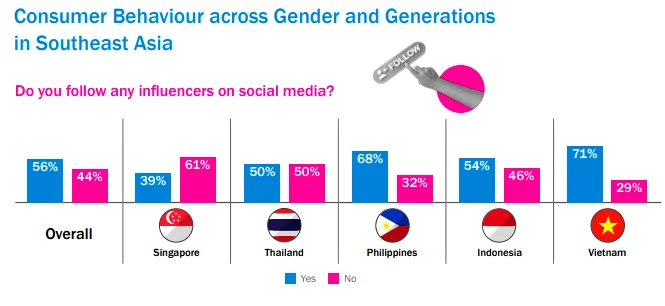This article was originally written by Greg Paull, Co-founder & Principal, R3 for ANA
“Who’s a good fit for me?”
This question tends to be the focus of marketers when looking for a new agency partner. However, for brands shifting to more digital and social marketing, an often overlooked (yet invaluable) step in the agency relationship management process is self-assessment. If your marketing team isn’t designed to work well with a complex ecosystem of specialist agencies or with a free agency model, it doesn’t matter who you hire as a partner; your process and workflow will be inefficient.
Knowing who you are as a marketing team has a lot of benefits.
In an R3 study on the structure of modern marketing organizations, we looked at teams from companies such as Nike, Lego, Amazon, and Nestlé. Studying these leading brands helped us identify seven broad types of marketing teams as characterized by marketing goals, priorities, differences in team function, and overall team structure. We found that the right agency model is largely informed by how a marketing team is designed and the degree of agency integration marketers seek.
Why is this important?
Many companies will be operating with the same marketing structure that served a pre-pandemic environment. At the same time, the landscape has become dominated by e-commerce, social, and streaming.
If a company is more than fifteen-years-old, its marketing team could have the same organizational structure as when the first iPhone was released in 2007. When we think about the changes in media and consumer behavior since then, it might seem funny until we take a closer look. Changes will have probably been made to agency models and ecosystems to reflect the importance of digital, but internal reporting, operations, and processes will have seen minimal change.
How to apply self-knowledge for better digital agency partnerships
Share your North Star. Having a vision provides direction and will help light the way forward. Digital ecosystem benchmarking will help you understand where you are and where you want to be. Collaborate with your agency partners to establish clear objectives and a strategic vision for each digital channel.
Get better at asking for what you want. When preparing agency briefs for digital and social agencies, follow the Goldilocks principle. Too much control limits your agencies. Too little control might mean receiving work that does not meet expectations. When evaluating ideas, keep a consumer-centric mindset. Approach the view of the entire end-to-end experience when evaluating digital work.
Allow agency and platform partners to communicate. Empower your agencies to work directly with your platform partners to eliminate siloed conversations. Content and data silos prevent teams from working with the most up-to-date and relevant information. Organizational silos slow down interactions and processes.
Let them know what’s important to you at the very start. Make clear what you’re aiming for. Is it better performance in creative or media? Do you want the work to change attitudes or drive behavior? Will you be judging performance on true business KPIs or proxy measures?
Ask how you can be a better client. All green scorecards don’t tell you where to improve. Encourage your agency partners to be more forthcoming and transparent about gaps, outages, and wrong turns. Client-agency performance evaluations are a great way to encourage two-way feedback and allow both sides to fix areas that need work.
Focus on the action; you are what you do. Push partners to deliver reports that clearly and concisely outline observations, recommendations, and where help is needed to quickly unlock decision-making and results. Data is only useful when there is application.
Be motivating. Give your agency partners a reason to deliver their best work to you each and every time. Be mindful of their resources when making requests. What is important to you which you’d like them to spend their time on? When you ask for recommendations and ideas, do you ever act on them?





